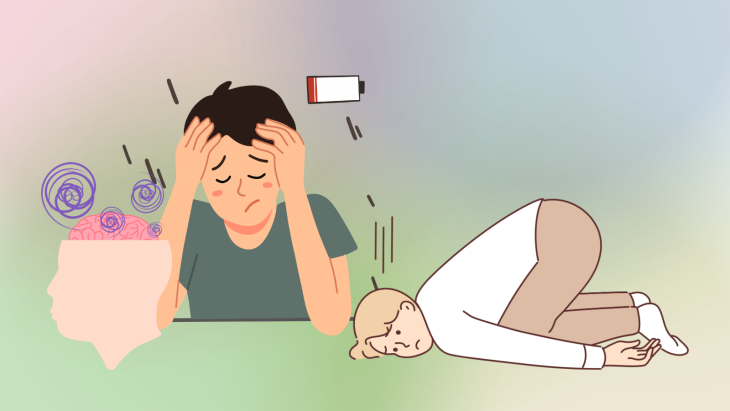Recent Posts
- Not feeling like yourself because of winter? What is seasonal affective disorder and why does the change in seasons make people feel bad?
- A big shift in hiring: Why is skills-based hiring taking off?
- Is it still possible to achieve inner peace and happiness in this busy and modern lifestyle?
- It hurts, but my teenage daughter said I need to develop some self awareness. I guess I should give it a try.
- What is broken heart syndrome and why are some people more vulnerable to it?
Most Popular
What are common myths and misconceptions about ADHD?

Our view of the world is a tapestry of our personal experiences, how precise the language we use, the examples we see around us, the media we consume, logic, and books we read.
At times, as we connect these things together, it is normal that we form misconceptions. However, these misconceptions need to be identified and then faced because if we do not, further learning is hindered. We have a tendency to connect new learning from past illogical or wrong beliefs.
Such happens with physical conditions and conditions of the human mind. For instance, in the US, it is estimated that 6 million children between 3 to 17 years old have been diagnosed with Attention-Deficit/Hyperactivity Disorder (ADHD). These numbers are increasing among adults.
When misconceptions are entrenched in society, it brings harm to the people with ADHD. Those who have loved ones with this condition, or the person who is affected experience shame, hundering their early diagnosis and treatment-seeking behaviors.
Misconceptions and Facts about ADHD
Fact: ADHD often comes with at least one other disorder affecting the body, mind, emotions or behavior of a person with ADHD. In fact, nationwide surveys show that 3 in 10 children with ADHD also have anxiety.
Myth: People with ADHD are lazy, not smart, or lacking in motivation. They are just making excuses for not pushing themselves more. The truth is, there is no relationship between intelligence and ADHD.
Fact: Treatment of ADHD may include a mixture of medication, behavior therapy. Treatment with ADHD medicine can help a person to focus on tasks and help them control behavior.
Myth: Most of the time, boys have a higher chance of having ADHD.
Fact: Because society views young boys as active and young girls as naturally less active, girls are not always referred to get an evaluation for ADHD. Only until girls exhibit more serious signs of disturbance in mood, anxiety, emotional disorders and antisocial personality that they are referred to.
Myth: ADHD is the parents fault for not taking care of their children well.
Fact: It is true that a lot of parents feel guilty that their poor parenting may have been the cause of their children’s condition. The symptoms that often appear as lack of ability to concentrate, follow instructions, and other signs of “poor manners” may lead parents to believe they failed to teach their children how to behave well. However, since ADHD is a medical condition that may come with behavioral disturbances, professional intervention and treatment are the key to behavioral control.
Myth: People with ADHD will live with uncontrolled symptoms for life.
Fact: Although symptoms of ADHD may persist until adulthood, professional help, treatment and a consistent and conducive environment may help a person with ADHD live with energy, become creative, and achieve their personal and professional goals.
Myth: People with ADHD cannot focus. They jump from one activity to another.
Fact: People with ADHD can actually display focus and attention when activities are engaging enough, but they have trouble engaging for long periods in typical activities like long lectures with very few stimuli in sight, sound or physical activity. So it is common to see a child with ADHD spend a long time playing video games, but they cannot tolerate hours listening to lectures.
These are just a few of the many misconceptions that surround the topic of ADHD. As we get to know more about ADHD, we improve people’s chances of getting early diagnosis and treatment, allowing them to live their best life possible.
Find your next career in healthcare! Browse through high quality job postings for mental health professionals that are tailored to your skills and qualifications!








Comments